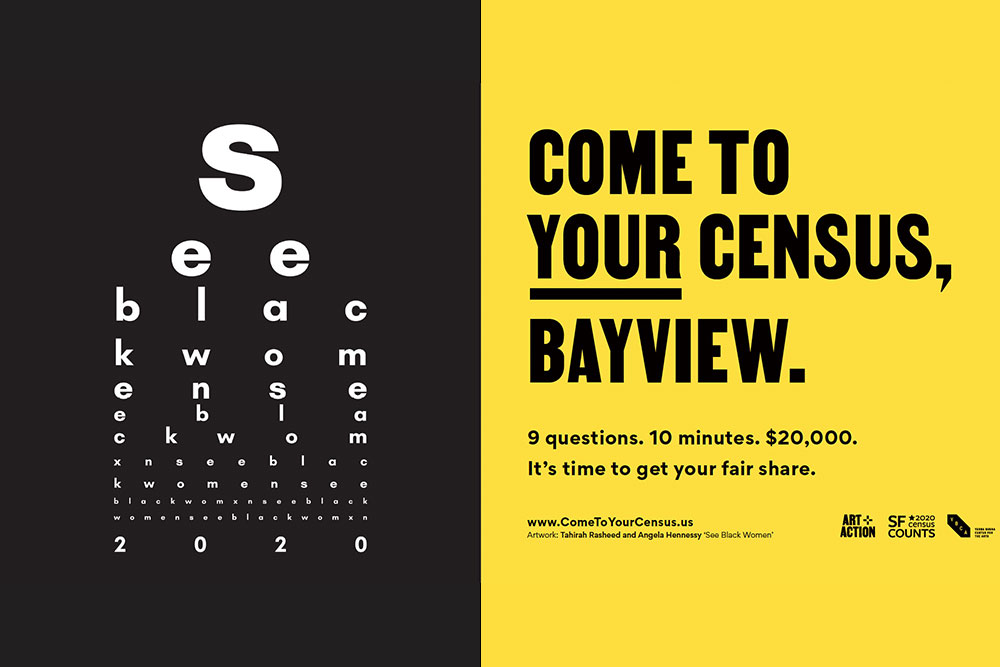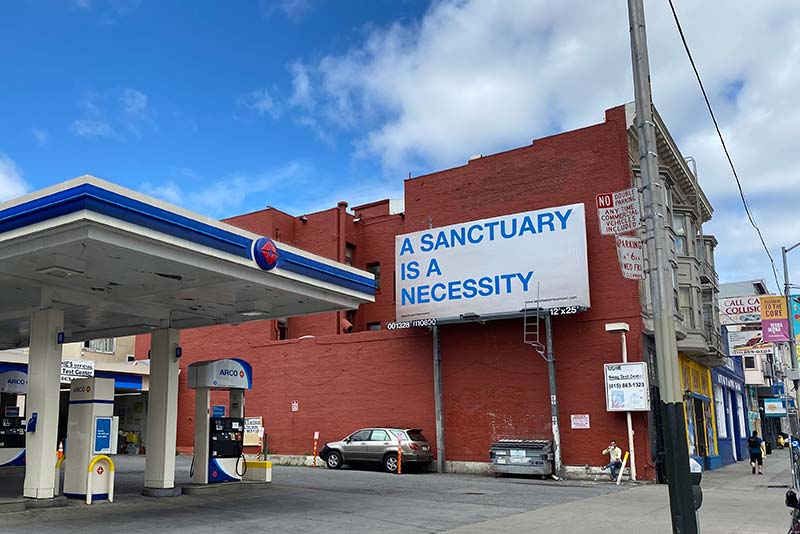Fri July 4th Open 11 AM–5 PM
The Aesthetics and Politics of Community Work
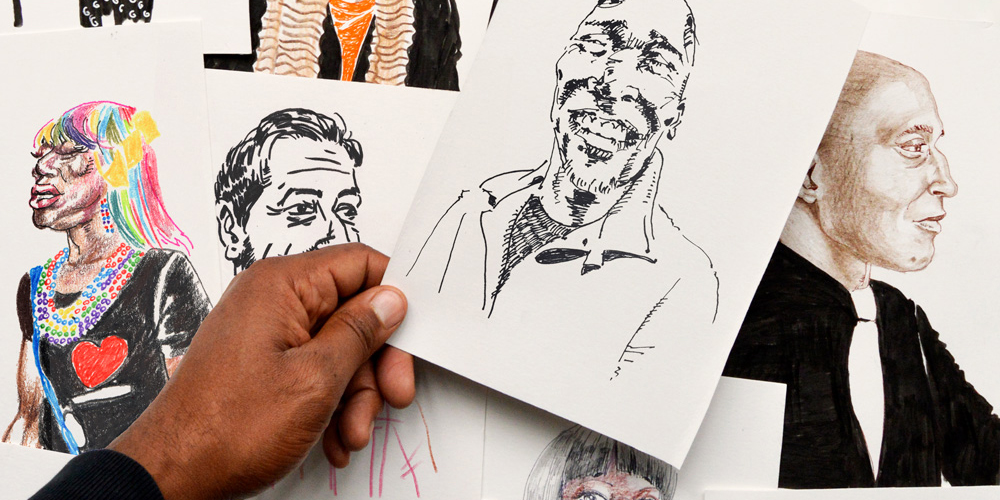
This article is part of the ongoing Come to Your Census: Who Counts in America? experience. This collaboration with Art+Action is part of their COME TO YOUR CENSUS campaign—powered by San Francisco’s Office of Civic Engagement and Immigrant Affairs (OCEIA)—which hopes to mobilize the public to take the 2020 U.S. Census. We want everyone to be counted and receive their fair share of funding and political representation for their community.
If you have not already done so, we highly encourage you to take the 2020 US Census.
Raised in Brooklyn, Creative Director George McCalman received his BFA in philosophy at St. Johns in Queens, NY, which informs his design principles to this day. He credits his Caribbean background for his unique ability to both embrace and rebel against traditional modes of design, enabling a brand to simultaneously integrate and stand out in its industry. Serving primarily art, lifestyle, and food clients, MCCALMAN.CO creates a classic, long-lasting brand that continues to define its clients as they evolve.
This year, as part of their Come To Your Census campaign, the Art+Action Coalition commissioned McCalman to create Glide, a series of illustrations depicting the choir members at GLIDE, a leading social services organization, social justice movement, and spiritual community that has served the most vulnerable for the last 57 years in San Francisco.
McCalman sat down with Art+Action Founder and Artistic Director of Social Impact Amy Kisch to discuss his new work around the Census and how communities can serve as sounding boards for creative practices.
Amy Kisch: Your work Glide features illustrations of the GLIDE choir members. You describe that the chorus represents a pure and aspirational form of diversity in San Francisco, and an appropriate inspiration for a piece on communities being counted by the Census. What power do you think there is in being seen and heard through community, spiritual, and civic participation?
George McCalman: I can tell you what being seen and heard in community means specifically to me. I’ve spent a lot of time in my life isolated from the people I love, and I’ve also spent a whole lot of time supported, celebrated, and challenged by the people I love. The latter is a much better option. Community allows me to dig deeper into my creative practice, to get feedback, receive emotional support. Being seen and heard means I’ve received the validation and encouragement that I’ve needed (as an artist and a human being) when I haven’t been entirely sure of my path and my purpose. I’ve practiced listening, and I’ve been heard and acknowledged. That is community. That’s what it’s for—to be seen and heard.
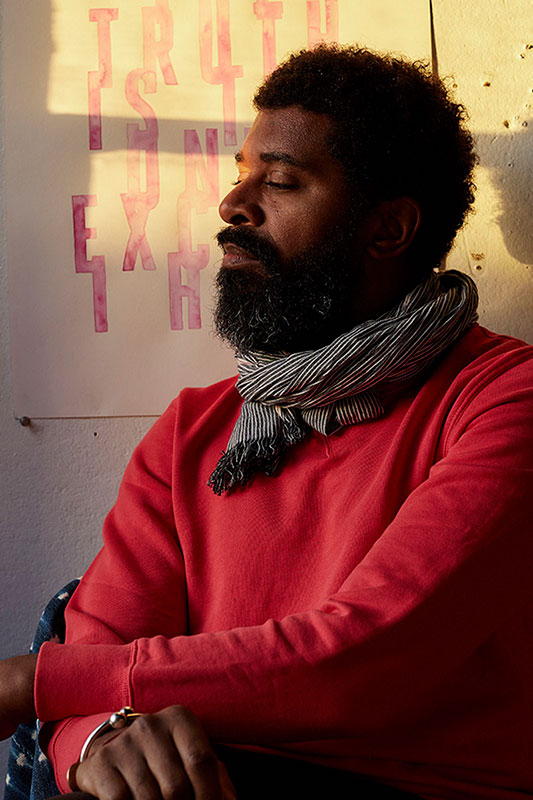
AK: In addition to Glide, your design agency brought the first iteration of the COME TO YOUR CENSUS campaign to life on kiosks along San Francisco’s Market Street corridor for Martin Luther King Jr. Week. How did your previous in-community projects inform the collaboration?
GM: My process in my studio mirrors my process as an artist. I’m pretty collaborative, but I also have my clear ideas. What that means is that I’ve had to learn how to be a better communicator. My I am Bayview project created a local campaign for the Bayview neighborhood, and the city of San Francisco that centered the people of an ignored (and Black) area that was starting to feel the icy hands of gentrification. I worked closely with the office of then Supervisor Malia Cohen, who cast the subjects of the poster campaign. The project caused a controversy and I learned a whole lot about public perception of a public campaign. I was really proud of what that campaign was and wasn’t. The Census Campaign created for Art+Action was a similarly collaborative project. Even though it was already underway when I joined the team, I was really gratified to see how thoughtful the team was, about what the aesthetic and political ramifications of this campaign would be once it was released into the world.
AK: In your recent commentary in the San Francisco Chronicle, you describe that the Black community “must make decisions to preserve the sanctity of our lives” around the looming election, where the stakes for communities are laid bare. Do you believe the Census is also one of those high-stakes arenas?
GM: I believe it can be, but the truth is, there are serious concerns around the Census. The Black community is used to being marginalized and targeted, and I believe that the Census has a public perception problem—how the information is being used, who has access to that information, and if it can be used against us. In the Age Of Trump, these are valid concerns. This campaign is working toward educating the public and hopefully alleviating those concerns.
“That is community. That’s what it’s for—to be seen and heard.”
AK: The Census is complex in part because productively collecting and using race and ethnicity information is both fraught and a source of deep frustration for many. However, the Census is unparalleled in supporting healthy communities, informing democratic processes, and knowing who we are as a nation. What is at stake for you and your communities (as you are a member of multiple communities) by taking the Census?
GM: Yes, it’s a fraught issue. The Census ostensibly is a powerful tool for equalizing the inequity that exists in all avenues of American social and political systems, but there is a historical precedent for the Black community to be uneasy about how their racial and ethnic information will be used.
AK: Black communities have been undercounted in the decennial Census for decades, disconnecting them from past generations, and disadvantaging their families, communities, and neighborhoods by depriving them of political representation and funding for community programs. Following the murder of George Floyd, rapper and actor Killer Mike made an incredibly thoughtful, frank, impassioned, and reasoned call for change which included filling out your Census. What strategies do you recommend for breaking through political disengagement, distrust, or distraction? How are you currently staying politically engaged?
GM: I’m happy to see more celebrities like Killer Mike and Cardi B getting involved. It’ll take a mix of grassroots activists and cultural titans to engage and course correct the perception. I believe we are in the midst of a wormhole that is forcing a recalibration for every system we have in America. This time is uncomfortable and it’s strange and unsettling, and it’s the transition before something better emerges. The in-between place is hard though. The Census campaign needs to be even broader in its scope. It has to work harder to answer the questions of how this information is being used. It’s not a process issue, it’s an emotional issue of trust.
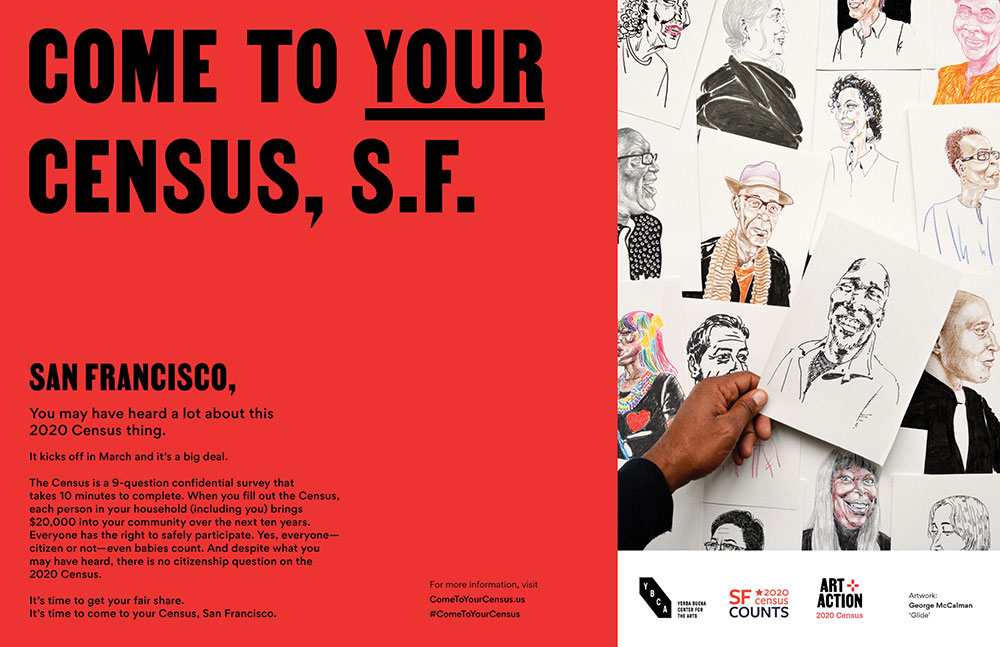
AK: Your ongoing ‘Observed’ column in the San Francisco Chronicle is devoted to representing the myriad communities that live here. In a time of social distancing, how do forms of visibility change? How do you think folks can remain visible?
GM: We’re all learning that together. American culture is built on excess. Too few people have too much, too many things, too much access. Many more people don’t have enough, too little access and too few resources. Technology has been a tool that marginalized communities have used to be heard and stay visible during this time.
AK: What’s at stake in contemporary art when creating work that pertains to social and political reform? Are you working on anything else in response to the current crisis that you would like to share?
GM: I’ve always seen my declarative hand-painted type posters as the closest expression from my mouth to the world. Even though I sometimes use quotes I overhear from my community, they are mostly from my own mind, my own thoughts, my own feelings. It’s the most direct way I have of stating my emotional and political perspective. I’m currently working on a type series called Tell Me Three Things I Can Do / Return To Sender based on some of the direct commentary I received from white contemporaries in the wake of George Floyd’s murder by the police. I thought it best to return some of the most wild and insane things that ended up in my inbox. It’s for a solo fine art show that’s premiering in August at The Perish Trust. It’s energetic therapy. I’m feeling better already.
AK: How are you taking care of yourself and your community?
GM: I get my rest. I drink water. I don’t isolate myself. I read the news only at night, after the day has settled. I talk to my community every day. I try to be really present and aware of my emotional state. I try to be there for the people who love and need me.

